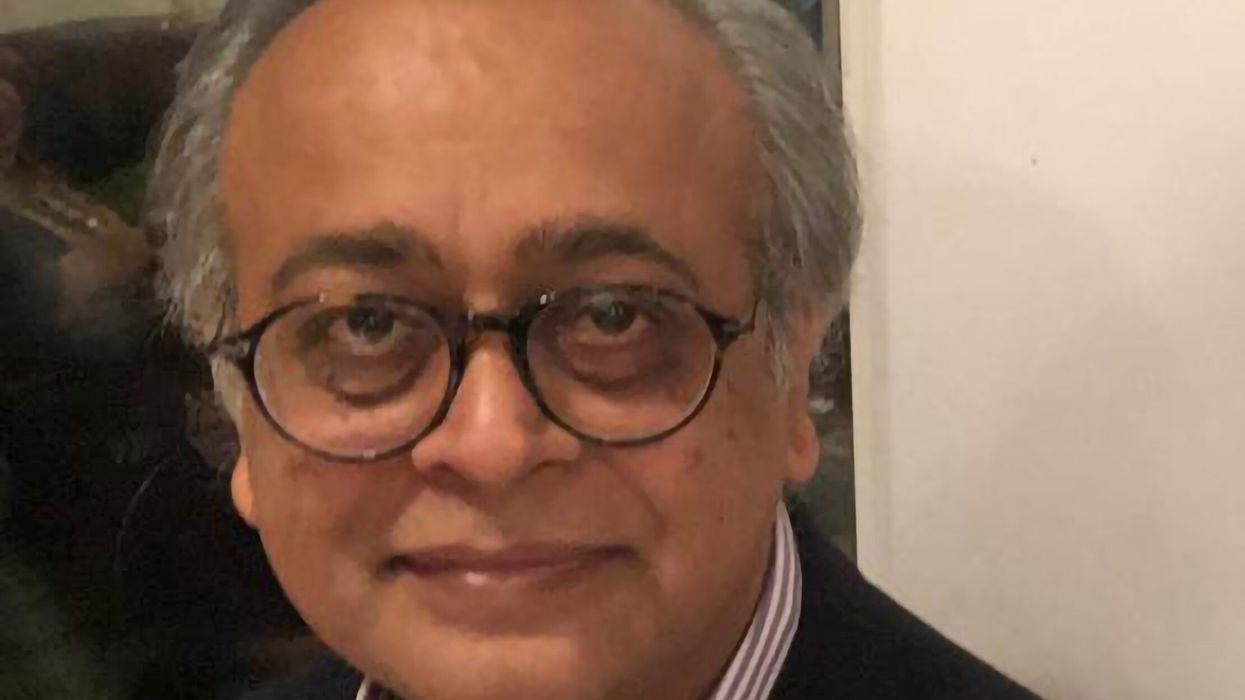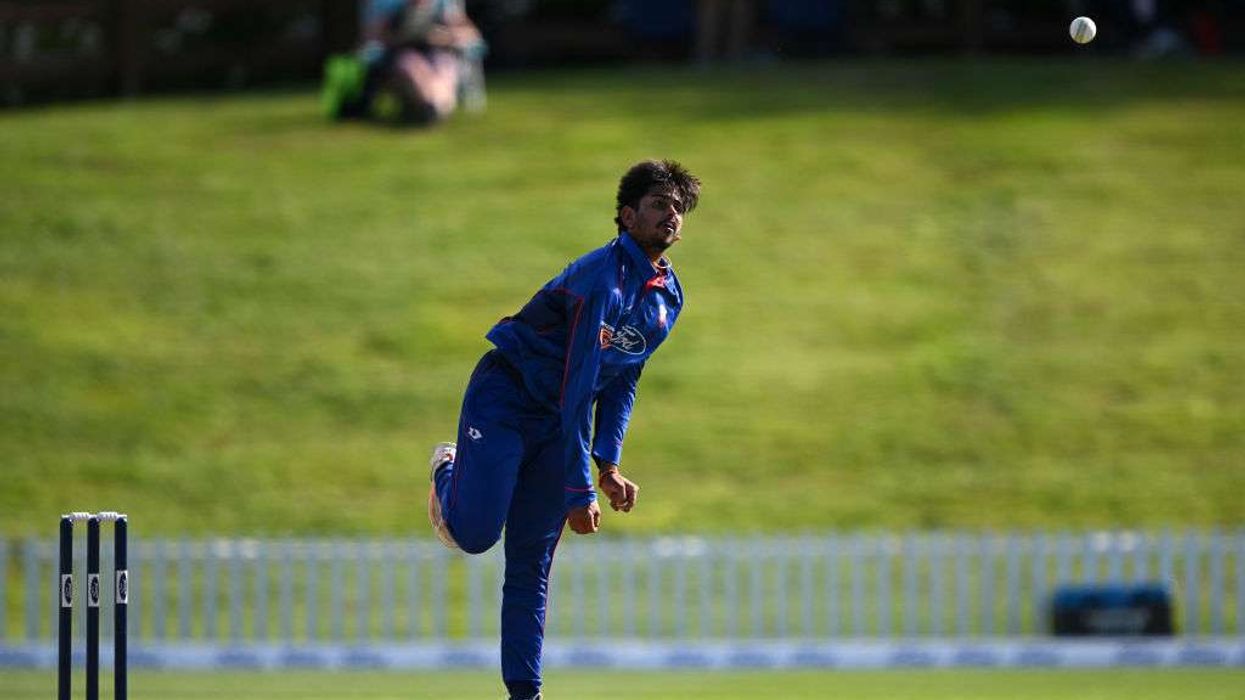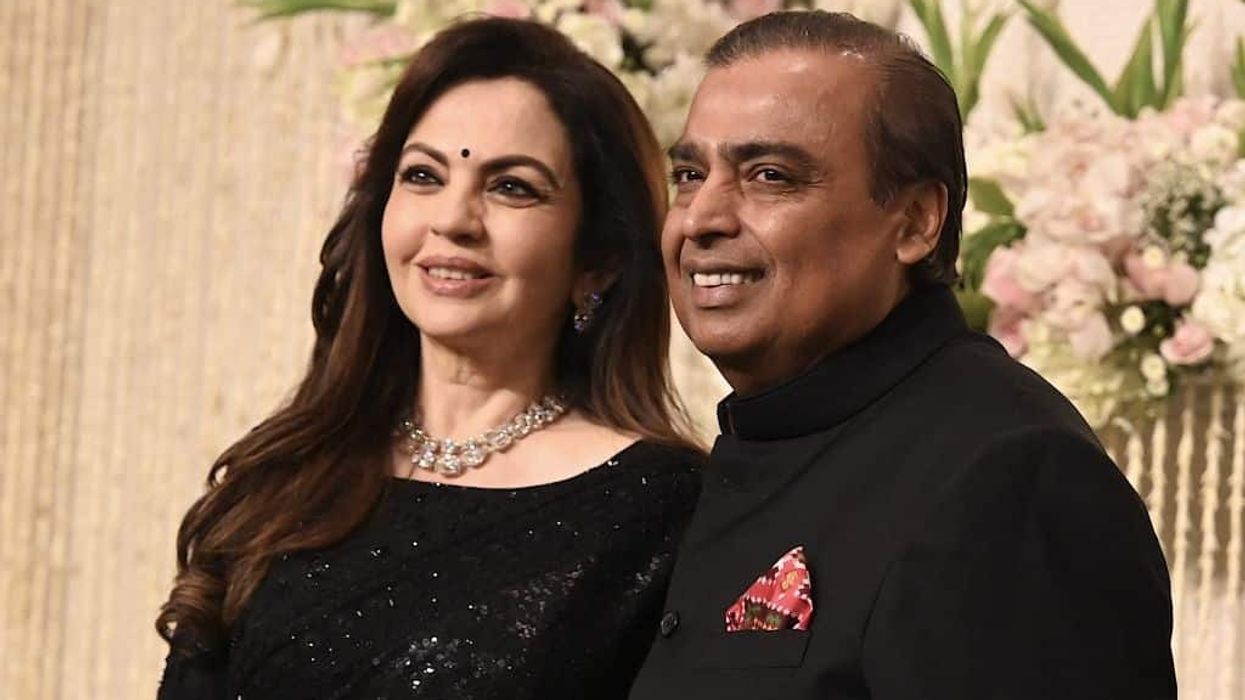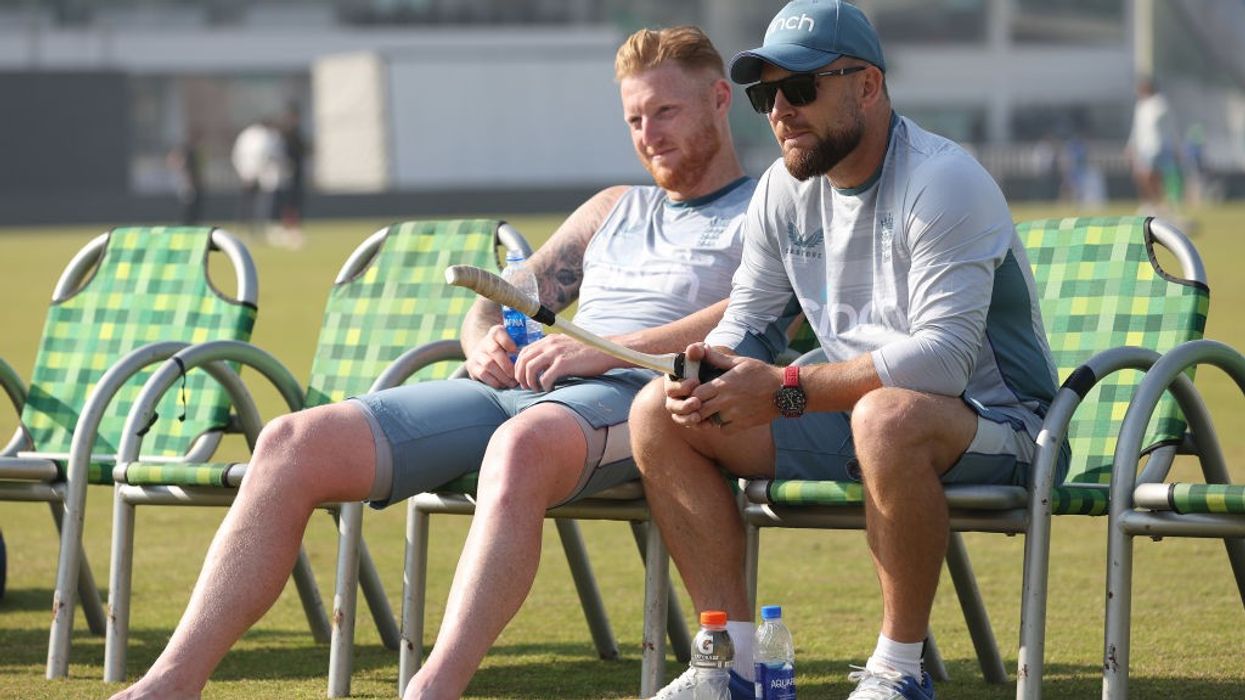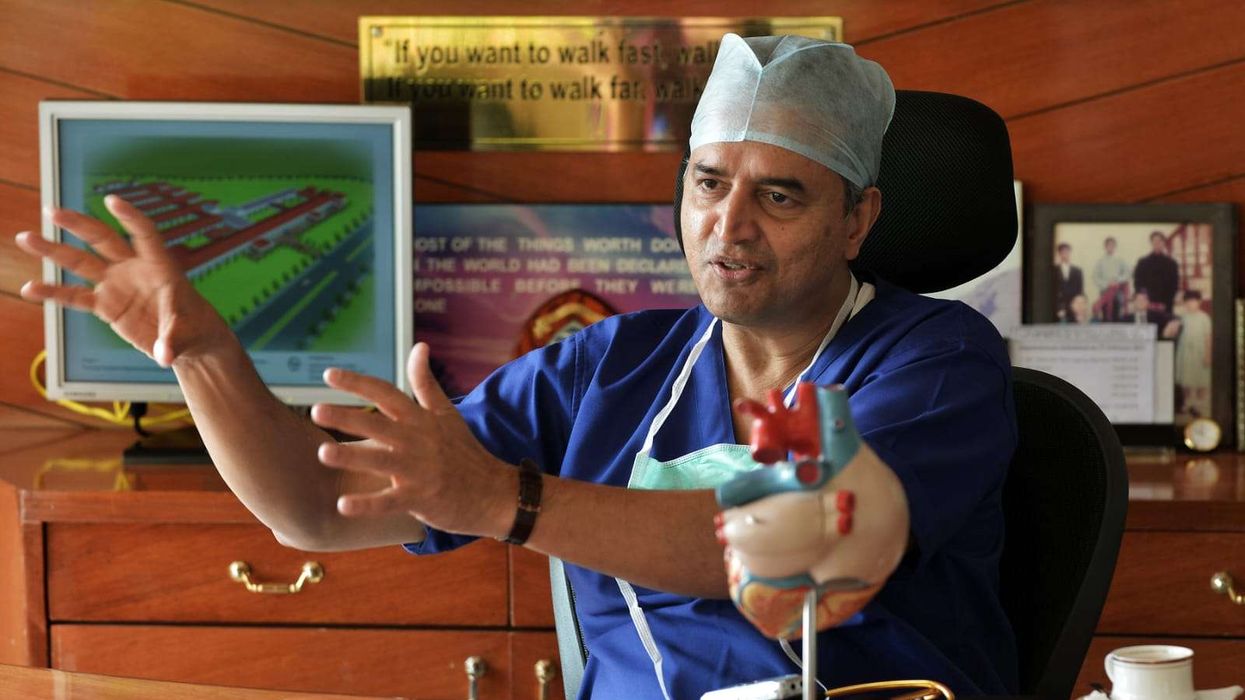LEGENDARY concert organiser Jay Visvadeva has been delighting live music fans across generations in the UK since the 1970s, bringing together the biggest artists.
His SAMA arts organisation continues to produce exciting concerts, including the South Asian Sounds festival at Southbank Centre in London from next Thursday (7) to next Sunday (10).
The culturally rich concerts – featuring acclaimed acts such as the Afghan Youth Orchestra, Malini Awasthi, Anwar Khan Manganiar, Khiyo, Ustad Nishat Khan and Ustad Irshad Khan – promise to delight audiences. The festival also has a whole host of shows produced by other promoters.
Eastern Eye caught up with the music expert to learn more.
You have been organising world-class concerts since the 1970s. What keeps you so motivated?
My work is simply a labour of love and, as such, it keeps me going. This work embodies the philosophy of “the aim of one to work,” which has been instilled in me since my teenage years. I see myself as a catalyst in the changing landscape of UK arts.
What inspired the South Asian Sounds festival?
The idea for South Asian Sounds originated at the Southbank Centre. There had been a significant void in south Asian artistic culture for several years and I commend them for organising it.
What can we expect to experience?
The festival is just a beginning of something special at the Southbank. There is something for everyone in terms of musical taste, including classical, folk, orchestral works, contemporary Bollywood and more.

How important was it for you to put together a diverse line-up?
When the Southbank invited me to curate some of the shows, they had conceived an idea of holding events in all three concert halls and the spaces around it.
I was happy to suggest shows that offered something for everyone. The centre also has other promoters and producers, which broadens the canvas of artistic events for the audience.
Tell us about the Afghan Youth Orchestra you have invited?
The Taliban regime has destroyed Afghanistan’s musical heritage and instruments, leaving musicians without a platform and fearing for their lives. I felt the orchestra would break the silence in the music world for the people of Afghanistan and give support and shelter to the artistic community and their traditions.
Why is the Afghan Youth Orchestra so special?
The young orchestra, comprising musicians aged 15 to 21, aims to heal wounds and build strong bonds within and outside the Afghan society through music. When young talent plays in a musical ensemble they collaborate, listen, share and contribute. Their ensemble is a microcosm of the future and we hope this concert series will conribute to achieving this vision.
Tell us about the other artists you have invited for the festival?
From India, we have outstanding representations in the folk traditions led by Malini Awasthi and Anwar Khan Manganiar. From Pakistan, we have a young group of qawwals, who are gaining momentum. From Bangladesh and the UK, we have Khiyo, a wonderful band known for their soulful music. However, the finale has been reserved for world class musicians, Ustad Nishat Khan and Ustad Irshad Khan, who will perform a rare duet.
Who are you hoping will attend the concerts?
The audience will be diverse, encompassing people of all backgrounds. It caters to all ages, both young and old.
The Nishat Khan and Irshad Khan show looks special. Tell us about it.
For the first time in the UK, these two outstanding musicians will perform a duet on sitar and surbahar. A great trend set by their great uncle and father, Ustad Vilayat Khan and Ustad Imrat Khan, respectively. It will definitely be a historic day for music.
Malini Awasthi and Anwar Khan Manganiar are performing together. How do you rate them?
Both Malini Awasthi and Anwar Khan Manganiar are award-winning Indian folk artists. They have contributed much to the oral traditions within their respective art realms. In my opinion, they stand as the finest exponents of folk culture.
Why should we all attend the South Asian Sounds festival?
Attending live music events and supporting the arts is of paramount importance in our society, especially given the loss of a significant audience during the post-pandemic period. Rebuilding this audience will undoubtedly take time, but it is crucial for the vitality of the arts. I firmly believe that everyone who is able to attend the festival will be treated to an enriching experience.
The South Asian Sounds festival runs from next Thursday (7) to next Sunday (10) at the Southbank Centre in London. Visit www.southbankcentre.co.uk and www.sama.co.uk
